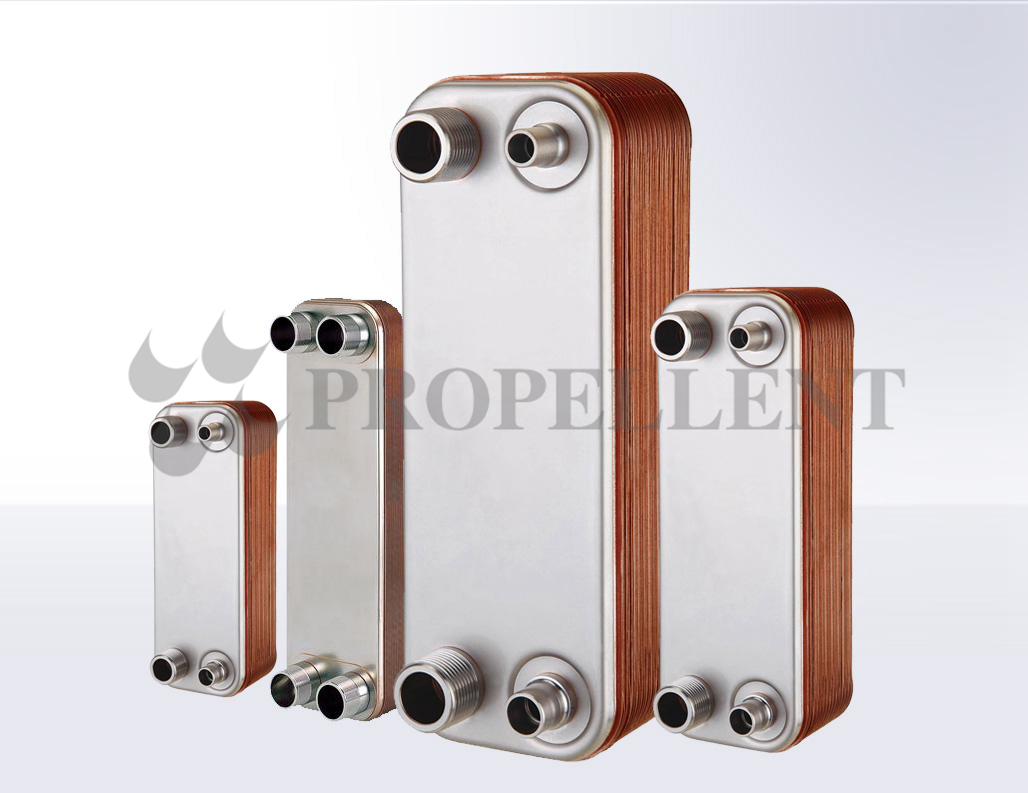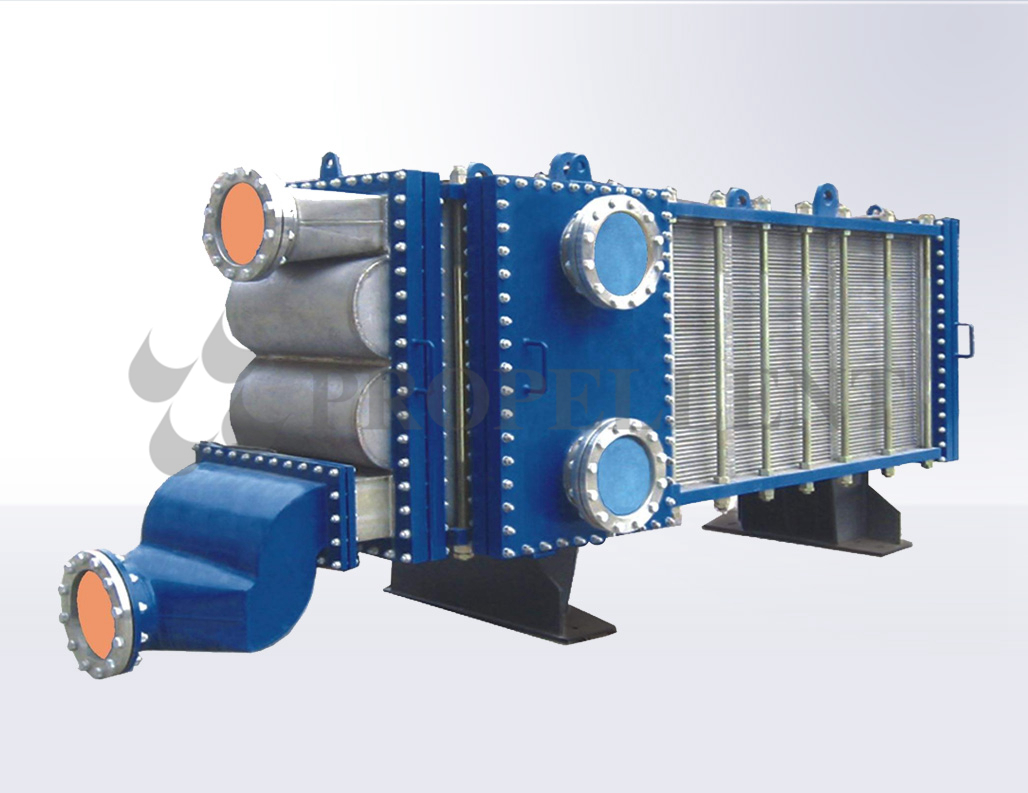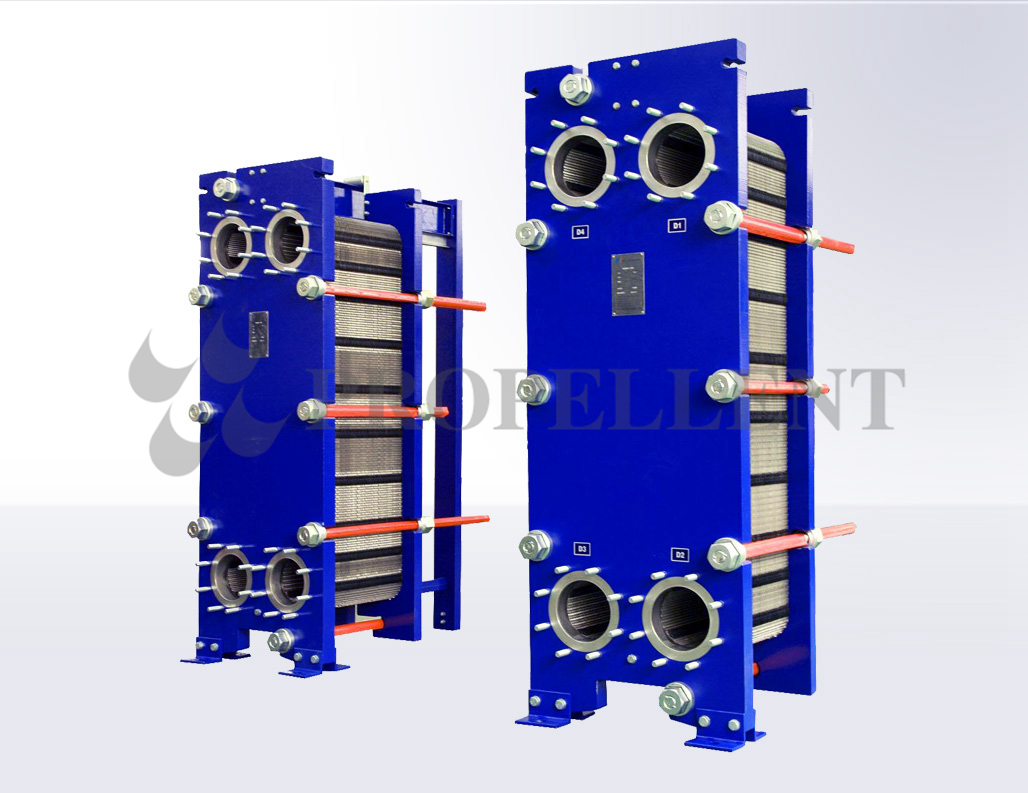News
Precautions for plate heat exchanger during commissioning
Because the plate heat exchanger works for
a long time, the surface of the heat transfer plate will produce different
degrees of dirt or deposits, thereby increasing the flow resistance and
reducing the heat transfer performance. These are mainly the pressure
difference between the inlet and outlet pressure gauges and the temperature of
the cold medium outlet. Reduced, so we have to clean it, we need to debug the
experiment after the cleaning is completed to ensure the normal use of the
product, then what are the things we need to pay attention to during the
debugging process?
1.
A certain inspection site should be reserved around the location of the plate
heat exchanger.
2.
Before installation, the pipeline connected to it should be cleaned to prevent
sand, oil, welding slag and other debris from entering the plate heat
exchanger, causing obstruction of the flow channel or damage to the plate. The
plate heat exchanger has a small footprint and light weight. Except for the
volume of the device itself, no additional inspection and installation space is
required, and the thickness of the plate used for heat exchange is 0.6-0.8 mm.
3.
Opening and stopping sequence of plate heat exchanger
When
shutting down, first close the high-pressure side medium solenoid valve, and
then close the low-pressure side medium solenoid valve. In today's exaggeration
of high efficiency, environmental protection and energy saving, the advantages
of plate heat exchangers in the field of heat exchange have become increasingly
prominent, and can be used in heating, cooling and food disinfection in various
processes, in terms of low-grade heat energy recovery. It also has significant
economic benefits.
When
starting up, first open the low-pressure side medium plunger valve, and then
open the high-pressure side medium plunger valve slowly after the medium fills
the plate heat exchanger channel.
4.
Check if the clamping bolts are loose before putting into use. If necessary,
tighten them. In recent years, plate heat exchangers have replaced traditional
shell-and-tube heat exchangers in airports, hotels, commercial buildings, etc.,
and have achieved good results.
maintenance:
5.
If there are often large particles of muddy sand or debris in the medium, the
supporting decontamination equipment produced by our factory should be arranged
in front of the plate heat exchanger. The plate heat exchanger has a low
fouling coefficient, and the fluid violently rolls between the plates to form a
turbulent flow. The plate design avoids the existence of a dead zone, so that
impurities are not easily deposited and blocked in the channel, and a good heat
exchange effect is ensured.
The
above is the various things we need to pay attention to during the debugging
process after cleaning. When we understand these matters, we can guarantee the
better use of the product.



